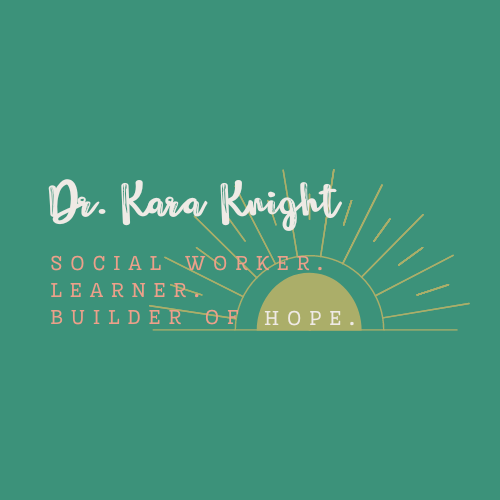
We are surrounded, and drowning, under a sea of devices to make our lives more efficient.
But, what people do not talk about is the lasting effects that excessive usage of technology can have on a person without proactive and swift decisions to have a healthy mind and body, from the inside-out. ISTE’s standards also recognize the how overuse of tech can impact one’s mental, physical, and emotional health and one’s digital identity.
Recently, I have been reading “Sleep Smarter” by Shawn Stevenson, and it is a game-changer. Great sleep is more than just aiming for 8 hours; What you do during the day will directly impact your sleep or lack thereof.
In the digital world that we live in, we must actively be leading kids and ourselves to practice self-care.
I have been doing research on how extensive use of digital screens causes eye fatigue and strain while interfering with your sleep and circadian rhythms. Only decreasing the brightness of your screen will not solve the problem. Blue and white light work together to cause interferences with your brain that can directly affect your well-being during the day, and your sleep at night.
Here are some tips to live by:
Blue Light
Download a “Blue Light” app or extension on your phone, computer, and tablet to reduce eye fatigue and strain; Search “blue light” in either your Google Play or Apple store to find results. But not all apps are equal- try them out and see what gives you the most positive results. I love “BlueLight Filter” from Android and “Screen Shader” for your Chromebook or computer.
After downloading, you can click the icon on your toolbar and either mask a day or nightshade depending on the time of day. The screen will turn a different color with a mask of pink/salmon (or other colors of your choice). If you take a screenshot, your screenshot will also have the colored mask for some apps. You can also temporarily turn off the shade function for zero interference- I do this easily on “Screen Shader” with just one click.
Body Mechanics
- Position keyboard directly in front of your body.
- Adjust keyboard and height, so shoulders are relaxed, and elbows are slightly open.
- Keep neck and jaw in a neutral and relaxed position.
- Adjust the screen rather than adjusting your neck as you work.
- Look away from your screen periodically and get up and move!
- Push your body to the back part of your chair and adjust the height of the chair (if applicable).
- Aim to be one arm’s length away from your screen.
- Stretch and flex hands, fingers, and wrists throughout the day.
Go Outside
Take a walk and spend more time outside. A quick 15-minute walk can do wonders for your health paired with the joy that sunlight can bring to your brain. Getting proper daylight during the day also helps you sleep better at night. If the weather hinders you from being outside, keep the blinds open if you have windows.
Sleep
We continue to work harder and sleep less, which equates to feeling run down and making more mistakes throughout the work and school day. Do your best to put devices away 90 minutes before bed time. If you cannot do this, use one of the “Blue Light” extensions during your time on the device to limit interference with circadian sleep rhythms.
During the past few weeks of staying true to these tips, I have noticed gains in my posture, sleep patterns, and overall well-being during the day. I encourage you to practice self-care and to give a few of these tips a try as well. Once you try it and see results- teach your students, colleagues, and beyond! Although we love technology, we have to train ourselves to love our bodies and health even more!
![]()
